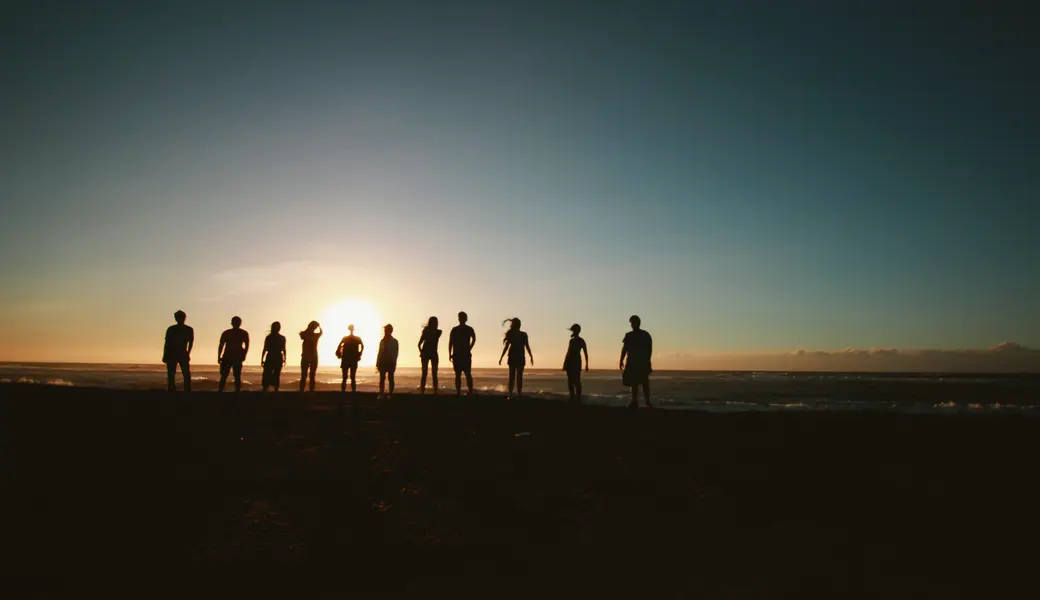Microdosing and Autism: Personal Experiences and Emerging Research

Microdosing and Autism: Insights from Personal Experiences In a recent episode of Microdosing Table Talks, the discussion focused on how microdosing is experienced by some autistic individuals. A recurring theme was that psychedelics can not only enhance existing perceptions but also introduce entirely new ways of experiencing reality.
What is Microdosing?
Microdosing is the practice of taking a small, sub-hallucinogenic dose of a psychedelic substance such as psilocybin (from truffles) or LSD. These amounts are too small to cause hallucinations, but users often report subtle changes in their daily experience. As interest in microdosing grows, more people are exploring its potential benefits for enhancing well-being.
Within the neurodiverse community, including individuals with autism, there is increasing curiosity about microdosing as a way to approach perception and experience differently. In this blog, we explore what autistic individuals say about their experiences and what current research is uncovering.
Neurodiversity and Autism: A Broader Perspective
Neurodiversity is the concept that the human brain functions in a variety of ways. Autism is no longer solely seen as a disorder but as a unique way of processing information, with both challenges and strengths.
From the neurodiversity perspective, the goal is not to "change" autistic individuals but to find ways to support their interaction with the world in a way that aligns with their natural way of perceiving and communicating (Singer, 1998).
Microdosing and Autism: Insights from Personal Experiences
In a recent episode of Microdosing Table Talks, the discussion focused on how microdosing is experienced by some autistic individuals. A recurring theme was that psychedelics can not only enhance existing perceptions but also introduce entirely new ways of experiencing reality.
According to the podcast discussion, some autistic individuals use microdosing to:
- Better manage sensory stimuli – Some report a different response to light, sound, and social interactions.
- Gain greater awareness of their body and emotions – While experiences vary, some note a shift in bodily awareness and emotional perspective.
- Enhance creativity and flexible thinking – Some find it helps loosen rigid thought patterns and supports creative processes.
It is important to emphasize that experiences vary widely, and there is no universal response to microdosing.
What Does the Research Say?
Although specific research on microdosing and autism is still limited, several studies are exploring related areas:
- A current study at King’s College London is investigating how psilocybin interacts with serotonin systems in the brain and how this differs between autistic and non-autistic individuals (King’s College London, 2023).
- The University of Toronto has begun a clinical study examining the effects of psilocybin on autistic adults experiencing depressive symptoms (University of Toronto, 2024).
- Previous research on psychedelics more broadly suggests that these substances may influence neuroplasticity and social cognition, though long-term effects and risks remain unclear (Carhart-Harris & Nutt, 2017).
These studies are ongoing, and no definitive conclusions can yet be drawn.
How Do People Start Microdosing?
For those considering microdosing, the podcast discussion suggests a careful and structured approach:
- Start with a low dose and gradually adjust to find what works best for you.
- Keep a journal to track changes in experiences and patterns.
- Create a comfortable and safe setting if you are sensitive to external stimuli.
- Use only legal and tested products, such as microdosing truffles available at Microdose.nl.
Conclusion
Microdosing is not a one-size-fits-all approach, and its effects vary greatly between individuals. What works well for one person may not have the same impact on another. However, both anecdotal experiences and scientific studies suggest that microdosing could offer an interesting perspective for neurodiverse individuals exploring new ways of engaging with their environment.
More research is needed to fully understand how microdosing interacts with neurodiversity. In the meantime, sharing experiences and knowledge remains crucial. Want to learn more? Explore the products and resources at Microdose.nl, or listen to the latest episodes of Microdosing Table Talks.


 Nederlands
Nederlands

